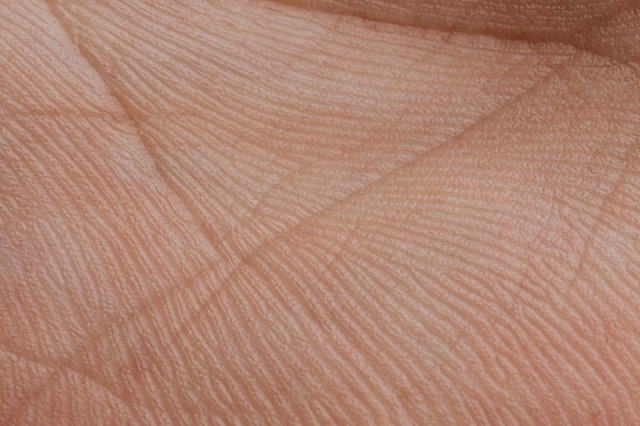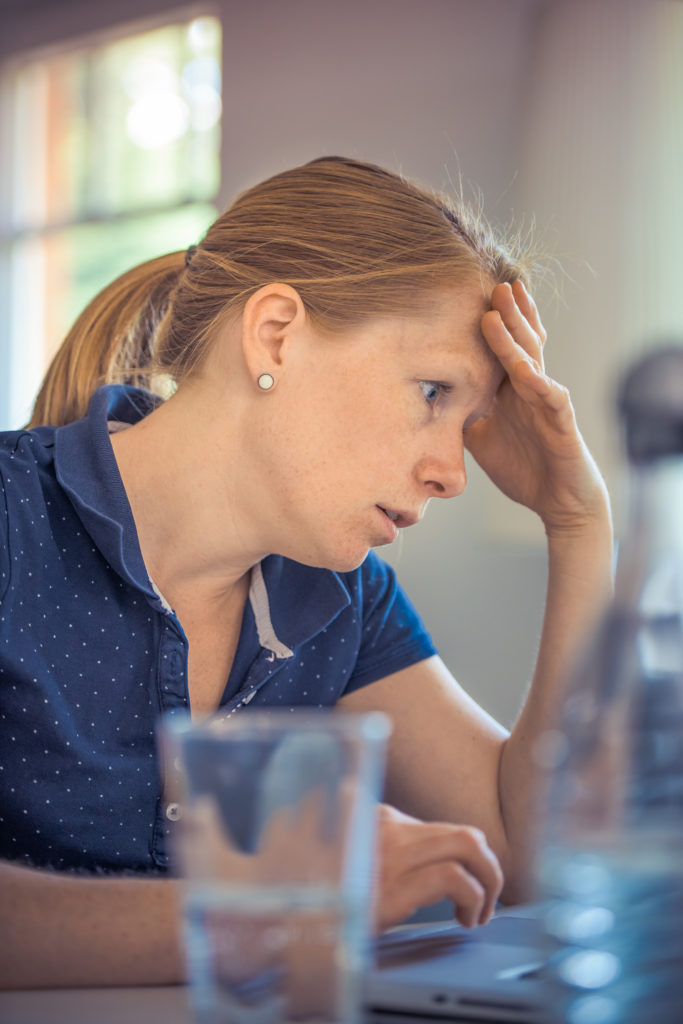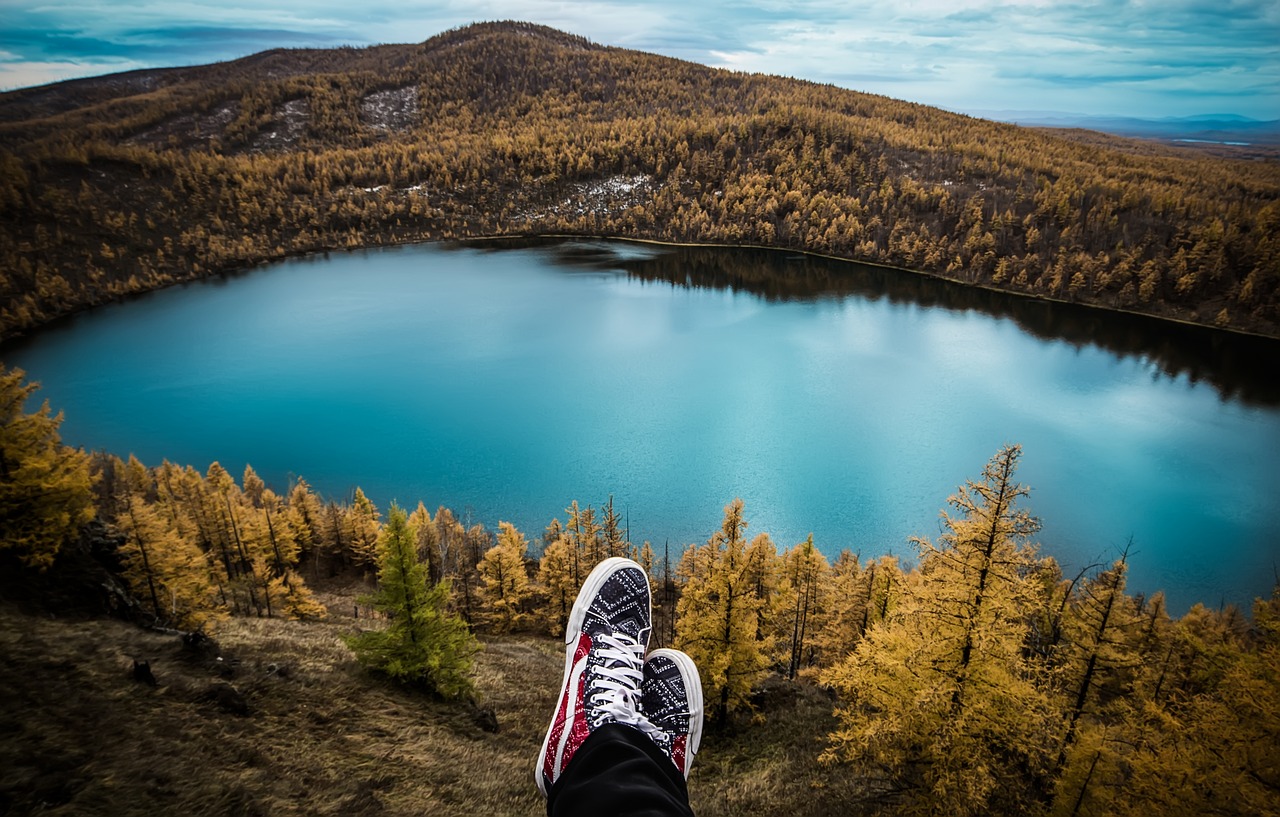Essential Reasons to Check Your Skin
There are various self-examinations that you can perform to help detect potential health problems. Checking your breasts for any signs of lumps or other changes helps to find possible signs of breast cancer (men should do this too). Checking testicles for lumps is also an important thing to do if you want to pick up on cancer early. However, one thing that many people neglect to do is check their skin. This can be an especially important thing to do if you have a lot of moles, but everyone should check their skin regularly to look for any changes. There are several reasons you should check your skin to give you a chance to spot any potential problems.
Skin Cancer
For most people, the main reason to check your skin regularly is to look for signs of skin cancer. Skin cancer can be pretty treatable but, like any cancer, it’s much easier to treat if it can be caught early. Melanoma is a type of skin cancer that can spread to other areas of the body, and it’s a relatively common form of cancer. It’s also more common in people under 50 compared to many other types of cancer. If it’s caught early, surgery is usually a successful treatment for melanoma.

The first sign is usually a new mole or a change in the appearance of an existing mole. That doesn’t mean that any time a new mole appears or changes it’s definitely skin cancer, but it does mean you should be cautious. Some signs to look out for are moles or freckles that change shape or color, get bigger, bleed or become crusty, or are itchy or sore.
You can use the ABCDE checklist to check whether a mole is a normal mole or could be a melanoma:
- Asymmetrical – melanomas often have two different halves and an irregular shape
- Border – a notched or ragged border is usually present on a melanoma
- Colors – melanomas usually have a mix of two or more colors
- Diameter – melanomas are normally larger than 6mm in size (although they can be smaller)
- Enlargement or elevation – a mole that changes in size over time could be a melanoma
If you think that you spot these signs, you should see a dermatologist. They can take a look at you and determine whether there is anything to be concerned about.
Make Sure Injuries Are Healing
Checking your skin can be an important thing to do to make sure that any injuries you have are healing. This can be particularly important for some people who are unable to feel an injury or could have serious consequences if an injury doesn’t heal. For example, people with diabetes should check their feet regularly for signs of injury. Anyone with lower sensation or paralysis in some parts of their body may also need to be more careful about checking for injuries that they might not be able to feel.
When you check your skin, you can look for any scratches, cuts, or bruises to check if they’re healing as they should. How long something takes to heal can vary, but you should see that the injury is improving over time. It’s also important to keep an eye out for any problems or anything disrupting the healing process, such as infections. Keep cuts, scrapes, and scratches clean to prevent infection.

Spot Dry Skin
Sometimes checking your skin is just a good way to spot any common skin problems, such as dry skin or acne. Dry skin can have a range of causes, from the products that you use to stress or washing your hands a lot. You can often deal with dry skin easily by moisturizing the dry areas, as well as making some changes to your lifestyle. Changing your diet, staying hydrated, sleeping more, or switching to new skincare products could all help. However, sometimes dry skin can be a more serious problem. Dry skin conditions might require specialized moisturizers or ointments, or can sometimes benefit from stronger treatments such as steroid creams.
Keep an Eye on Body Hair
Checking your skin also allows you to check on your body hair. This can give you an opportunity to see if there are any bald patches that weren’t there before or if you’re losing hair. This issue could be caused by various things, but a dermatologist or general practitioner could help you to work out if there might be an underlying cause. Similarly, it’s helpful if you know whether you have more hair than you usually do. This could be caused by a change in hormones, among other issues. Changes in your body hair aren’t necessarily a sign of anything serious but it helps to spot any potential changes early.
Notice Changes in Color
Changes in the color of your skin can indicate a number of things. Some color changes can simply be due to aging, sun exposure, or natural changes to the amount of melanin in the skin. But changes in color can also be a sign of something that you need to see a doctor for. Apart from changing colors in moles, you might find that patches of skin begin to darken or get lighter. Although these are often purely cosmetic changes, it’s still a good idea to have a dermatologist look at them and determine if there might be another issue causing them. Redness in your skin is also important to get checked out.
How to Check Your Skin
Knowing how to check your skin is an important part of being able to spot any problems. Fortunately, it’s pretty easy and doesn’t exactly involve much technique. The key is to make sure you look at yourself all over so you can check every inch of your skin. You might want to use a full-length mirror or perhaps get someone you trust to help you out, especially when it comes to checking your back or other parts that are hard to reach. A hand mirror can also be useful for checking hard-to-reach places.
Check your skin regularly if you want to be able to spot signs of skin cancer or other problems as soon as possible.


